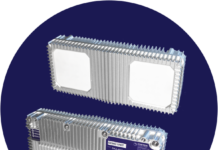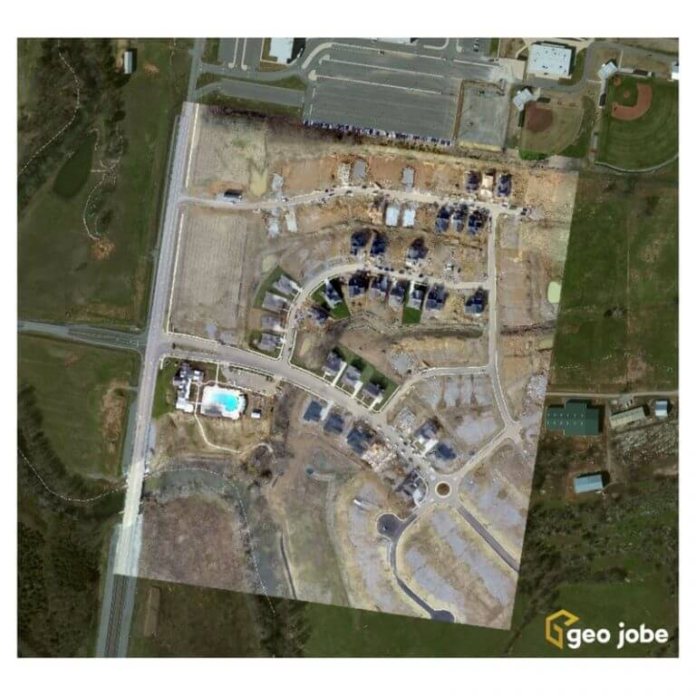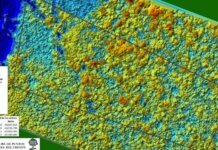Nashville-based GEO Jobe, a geographic information system (GIS) software and solution provider offering unmanned aerial vehicle (UAV) mapping services, recently completed a project for the West Wilson Utility District (WWUD), which provides water for roughly 20,000 residents and businesses in Wilson County, Tenn.
According to the company, Wilson County, like much of middle Tennessee near Nashville, has seen considerable growth over the past several years. In turn, new residential and commercial developments are being constructed, expanding or nearing completion throughout the WWUD service area.
GEO Jobe says WWUD’s GIS department uses traditional orthophotographic base layers for a number of uses. The orthos, usually re-flown every several years, are typical for similar GIS departments across the country, and although they’re useful for data extraction, ortho photos can quickly become out of date, explains GEO Jobe.
Bobby Sullins, project manager for WWUD, contacted GEO Jobe about getting more recent orthophotos in high-growth areas. Unlike the traditional one-time ortho project, the company says its UAV services provide a program for orthophoto updates.
The drone-based program GEO Jobe uses is designed for small areas of change; this keeps the county GIS-current without having to fly and capture county-wide orthos every time a new development comes online. Additionally, the UAV ortho update program allows GEO Jobe to provide on-demand updates through higher-resolution imagery taken at lower altitudes.
The company points out that a UAV program is conducted at a lower cost, as well. When a traditional ortho project is used, much of the area covered hasn’t changed since the last flight and photos. Now, Wilson County is paying for ortho updates only for the areas that have changed and need updating. When Wilson wants another area flown for updates, GEO Jobe can fly and deliver the final data and products with a quick turn-around – often in less than one week. In comparison, traditional ortho projects can take from three to nine months for process and delivery, meaning the most recent orthos can be out of date as soon as they are delivered, the company explains.












